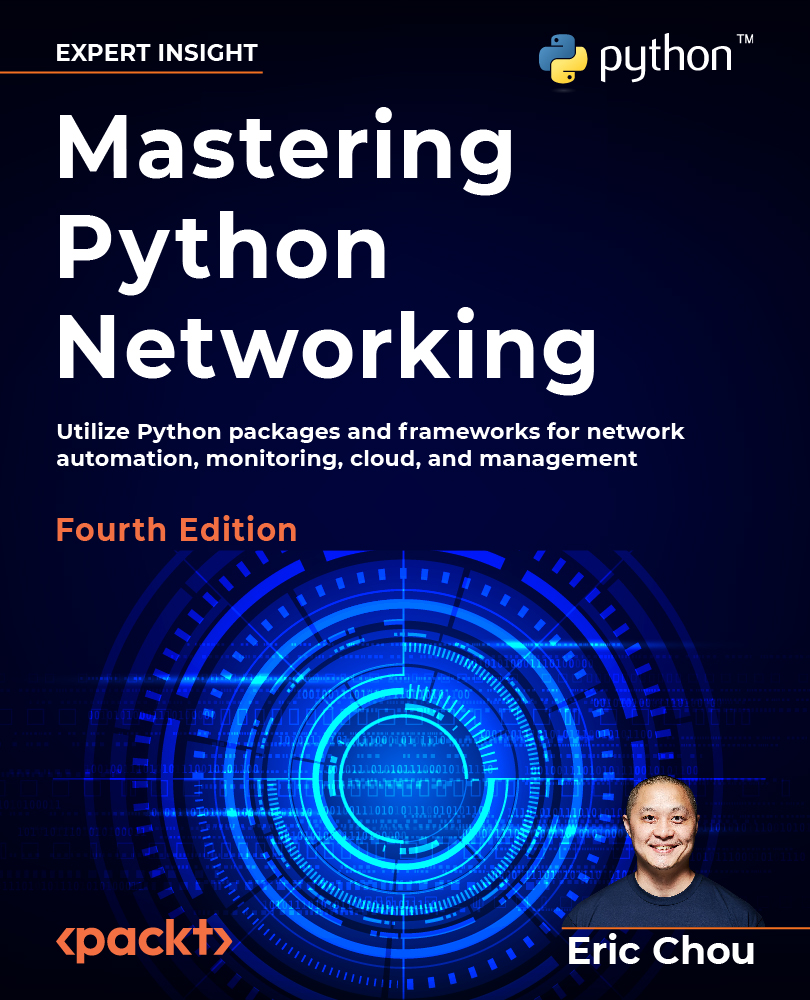Asynchronous Operations Overview
In the ‘Zen of Python,’ we know one of the guiding principles in Python is to preferably have ‘one best way to do something.’ When it comes to asynchronous operations, it is a bit complicated. We know it would help if we could do multiple tasks simultaneously but determining the correct solution might not be straightforward.
First, we will need to determine what is slowing down our program. Typically, the bottleneck can be either CPU-bound or IO-bound. In a CPU-bound situation, the program pushes the CPU to its limit. Operations such as solving mathematical questions or image processing are examples of CPU-bound programs. For example, when we pick an encryption algorithm for VPN, we know the more complex the algorithm, the more CPU it would consume. For CPU-bound tasks, the way to mitigate the bottleneck is to increase the CPU power or allow the task to use multiple CPUs simultaneously.
In an IO-bound operation, the program...
































































